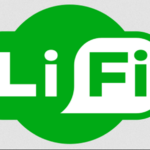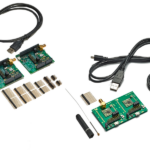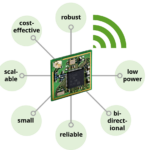 OpenSynergy introduced the company’s new automotive reference platform for virtual Android 11 (based on Trout). With technology from Google and Qualcomm Technologies, Inc., the reference platform features the integration of the Virtual I/O (VIRTIO) framework into Android Automotive OS, which allows Android to run on any hypervisor supporting the upcoming VIRTIO devices and any system on chip (SoC). The reference platform contains Android 11, a board support package (BSP) from Qualcomm Technologies, Inc., and the VIRTIO-based COQOS Hypervisor SDK, all of which are running on a Snapdragon Automotive Development Platform (ADP).
OpenSynergy introduced the company’s new automotive reference platform for virtual Android 11 (based on Trout). With technology from Google and Qualcomm Technologies, Inc., the reference platform features the integration of the Virtual I/O (VIRTIO) framework into Android Automotive OS, which allows Android to run on any hypervisor supporting the upcoming VIRTIO devices and any system on chip (SoC). The reference platform contains Android 11, a board support package (BSP) from Qualcomm Technologies, Inc., and the VIRTIO-based COQOS Hypervisor SDK, all of which are running on a Snapdragon Automotive Development Platform (ADP).
VIRTIO is an established virtualization standard maintained by the OASIS Open consortium that provides a device sharing framework for devices such as Block, Network, Console, graphics processing unit (GPU), Input, etc. As active members of the consortium, OpenSynergy and Google have worked to expand the scope of the open standards in the automotive domain. As there are missing automotive-specific VIRTIO devices, the two companies are working within the OASIS consortium to close the gap. Furthermore, the collaboration between OpenSynergy and Google aims to allow flexibility to automakers and Tier-1 suppliers to switch between SoCs and hypervisors to best match their needs.
The reference platform showcases an Android Automotive OS-based Cockpit Domain Controller (CDC) architecture. Similar to other CDCs, the underlying hypervisor guarantees the secure coexistence of Android (typically a QM system) with systems of higher criticality, such as the real-time OS displaying the telltales on an Instrument Cluster (typically ASIL B).
The novelty lies in deploying a fully virtualized Android Automotive OS (Trout), i.e., an Android version with no dependencies on the hardware. Instead of directly accessing the hardware devices, Android accesses these devices using the standardized VIRTIO framework provided by the underlying virtual platform.
A fully virtualized Android Automotive OS can easily be ported onto any hardware supported by the underlying virtual platform. In the case of the COQOS Hypervisor SDK, the hardware is any automotive relevant ARMv8-A-based SoC. The clean architectural separation introduced by VIRTIO makes updating Android and the BSP easy.
The reference platform and the usage of virtualized Android Automotive OS were showcased over the last year in several promotional events. Now, customers can access it and develop their specific applications on it. The released reference platform is intended only for research and pre-development purposes and not for series production. Customers can acquire the Snapdragon ADP through Qualcomm Technologies’ distribution channels. The reference platform software is now available at OpenSynergy.






Leave a Reply